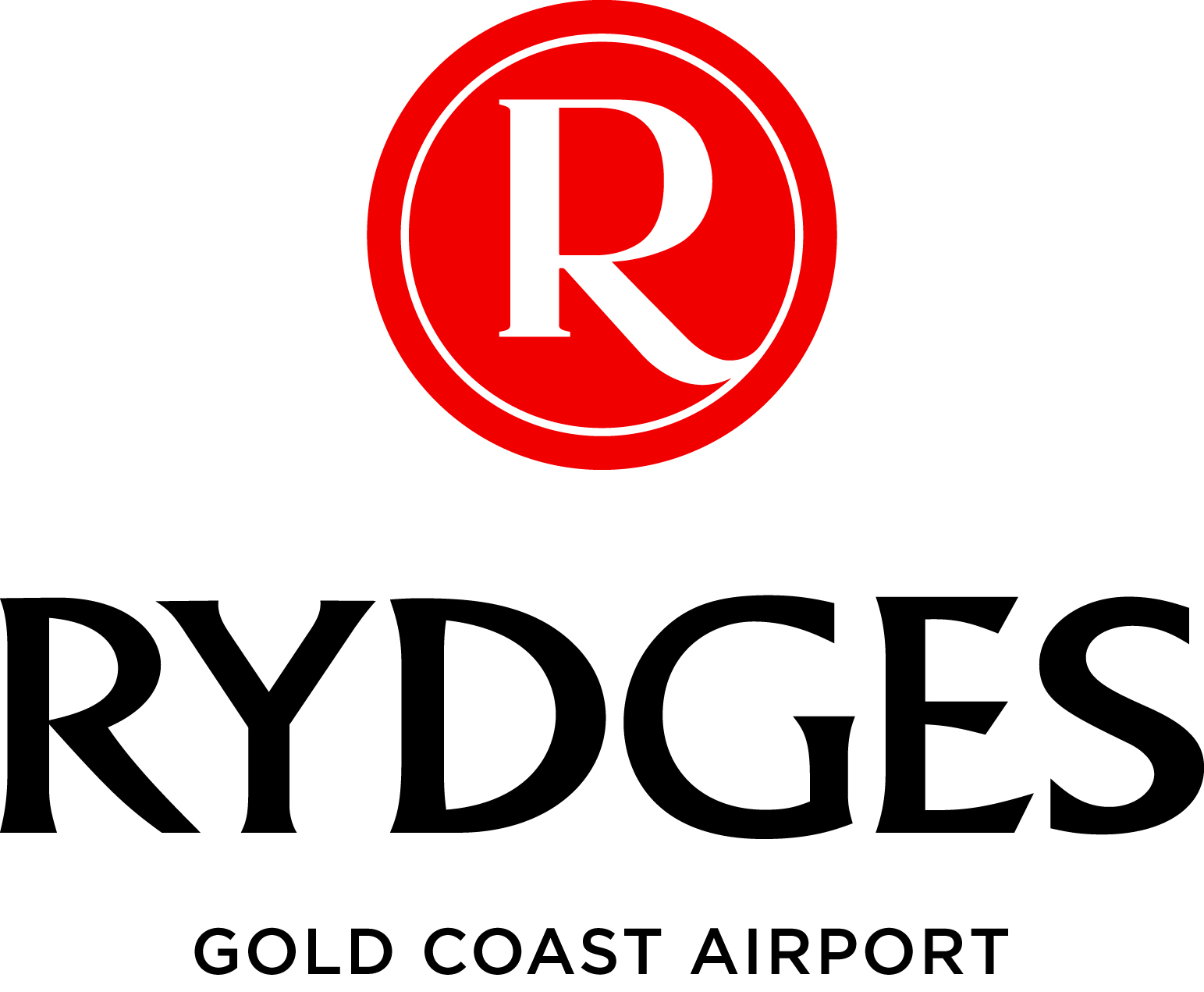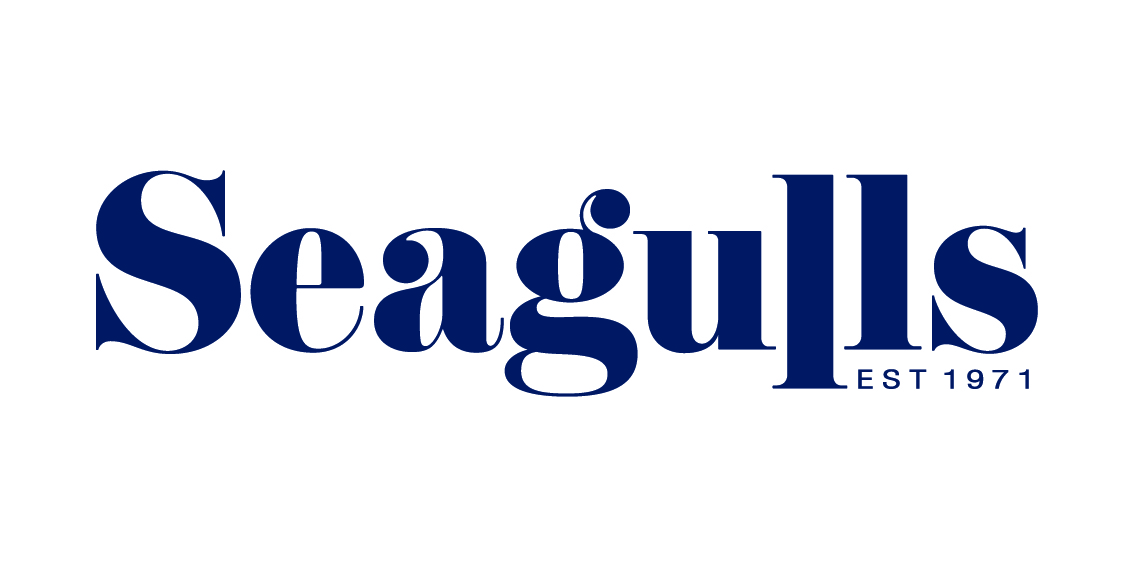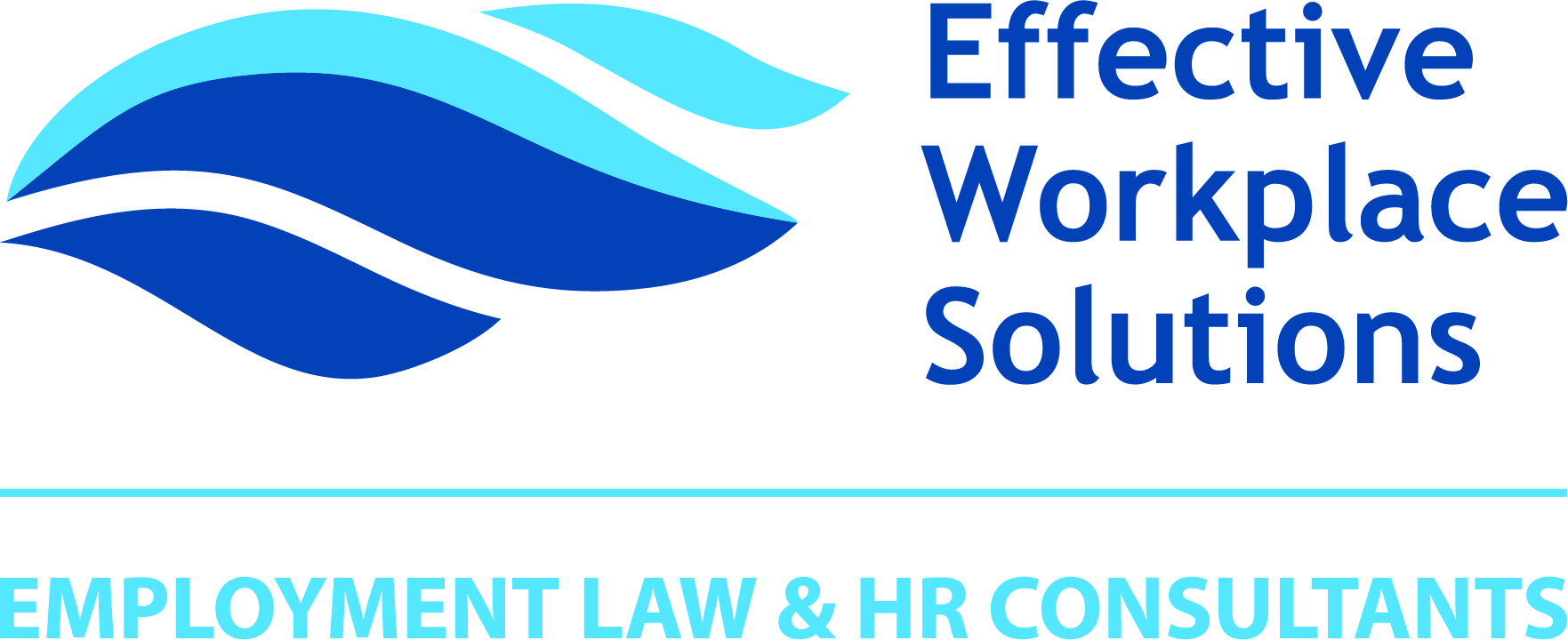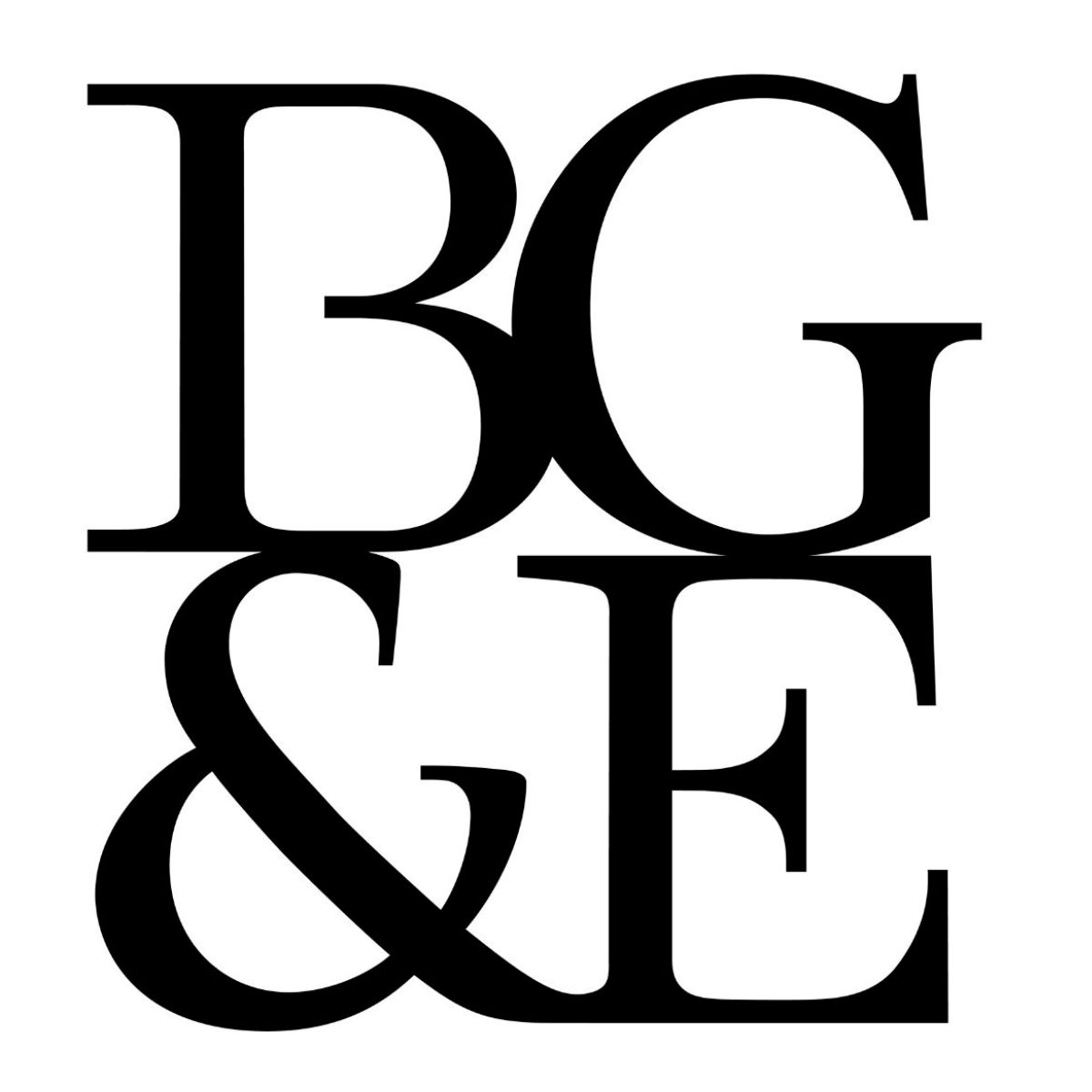Are we trying too hard to be the best?
Chamber President, Hilary Jacobs, asks if the proportionality of economic harm, when compared to current COVID cases both in QLD and NSW, maybe getting lost in the apparent rush to be “the best” at something.
See the below statement:
The SGC Chamber has deep concerns that the proportionality of economic harm, when compared to current COVID cases both in QLD and NSW, maybe getting lost in the apparent rush to be “the best” at something. The proportionality of the QLD response has to be called into question?
Based on current case numbers the economic, community and long term damage now being done to QLD and further contemplated by the ongoing and threatened further border restrictions, far outweighs the potential harm to the State in terms of the COVID impact. As we write there are businesses who are working on a "plan B" for keeping their businesses open if the threat made by the CHO on Monday is implemented and a hard border is enforced. The front page of the Gold Coast Bulletin today examines the impact to the Police as just one impacted State service should this threat eventuate.
This raises the questions of unintended health impacts as well, beyond direct economic impacts. These range from the impacts to people who can’t attend vital appointments, or where their specialist is not available due to border restrictions and lack of exemptions, which may lead to deterioration of ongoing medical issues, the failure to identify any issue until it has dire or even fatal outcomes, and the ceasing or curtailment of vital treatment. This may lead to ongoing chronic issues or even premature death. Sadly in many cases, this will impact NSW more than QLD as in many cases the proximity to quality services in Brisbane has until now been vital to these people. We are reminded that this is all in one Australia, although this point seems to be almost totally forgotten currently. Further, there will be a significant number of people whose business or working arrangements are badly impacted which then leads to increased mental health issues, or in some cases suicides. The impact of COVID 19 should not be underestimated in this space and the overzealous use of border restrictions which are disproportionate cannot be misjudged in this regards. Many people who have been strong to this point, are now feeling a level of despair not seen before, as they can see no end to the futility of trying to remain open, positive and productive, when the calls for a reasonable response are so soundly rebutted, and where the populist battle cries of “close the border” emanating from Social media are treated as the will of the people. Rather than being recognised for what they really are, the thought bubbles of those with enough time on their hands to be on FB all day. This growing Health issue is further exacerbated by the potential for a number of QLD paramedics not being able to work without moving home, or re-training as they are located in NSW and vice versa. There are potentially hundreds of paramedics who will be impacted by this decision if it were to be applied in both QLD and NSW and this again may have unintended outcomes with systems and practises which are different and not compatible occurring across the border region. The cost to QLD as a state of these adverse health outcomes must be measured and given deep consideration before they become a reality and the costs to our people become a burden too many Queenslanders have to share in far too many ways.
Returning to the business impacts, for small businesses it’s not possible or viable to move staff physically from one state to another when as much as 75% of the team live in the wrong state (which can be 3 out of 4 staff with only the Saturday worker in the correct location) There are still very large numbers of people who were permitted to travel under the original restrictions, who would not be permitted to travel under any hard border enforcement. There are now businesses who have staff located too far south of the NSW bubble, or whose businesses are too far north of the QLD bubble with staff in NSW who cannot attend work. There are businesses in the border towns who until now have been impacted by the lack of visitors from interstate and overseas who would now have to close because their staff and many customers are the wrong side of an arbitrary line on a map. The financial impact to the State can be measured in the unemployment impacts, the state revenue impacts, the GST take and at a federal level in the amount of income support claims resulting from increased JobKeeper, or JobSeeker claims. No amount of regional jobs packages can replace the small business jobs which are currently under threat. Small business employed 44% of the QLD working population prior to COVID
The Chamber undertook a very quick survey today of business who currently operate within 5 km of the QLD/NSW Border on the QLD side. Around 100 businesses were polled from owner-operators to national concerns, mainly in the services, medical and the retail sector and all not overly impact as a direct result of tourism impacts. The questions asked included do you have staff who live in NSW, what number and proportion of your staff do these makeup. Could you operate without these staff, how much would this cost you if you could not operate or make arrangements to move staff etc. They would represent a broad cut across the general business populous. The outcomes were that of those who responded around 50% said that they had staff who lived in NSW. 27% of those with staff living in NSW said that they would need to close at least 2 days a week resulting in a turnover impact and 18% said that they would close altogether. The financial impacts were ranging to as much 100% loss of business for those who would have to close. The proportion of staff involved ranged from as few as 10% to as many as 75% of the headcount. A number raised the issues of their staff specialist training and skills meaning that they can’t just be replaced by other team members working extra and that those costs where they were possible would be an impost that was not possible for more than a few days. Some pointed out that they were already on JobKeeper and staff were not as flexible when receiving this payment. If this were to be replicated across the entire border region this could mean that almost 50% of the businesses would be impacted by further border closures to one degree or another. It would be interesting to compare the number of border passes issued in April when the initial restrictions came into play to now and use that as a measure of those who are or will be impacted by such changes.
The COVID case numbers in March and April when the original border closure was put in place were significantly higher than it is now. In NSW during March as many as 216 cases had been reported in a single day at the time of the border closure, during April they were reporting from as many as 150 cases on April 1st which very quickly dropped down to single figures in the third week of April. Here in QLD at the same time, we were reporting a peak of 78 cases a day in March down to zero cases in the third week of April. QLD still remains at zero cases a day and NSW now has in the low 20’s of cases each day, which is dropping and is certainly not seeing the level of growth in VIC. How a hard border closure, of much scale than ever previously undertaken, can now be considered proportionate is difficult to comprehend. We are after all part of the same country and the border is merely a line on a piece of paper drawn when the area was lots of interspersed villages.
Do you agree? Let us know by visiting our Facebook here.























.jpg)





